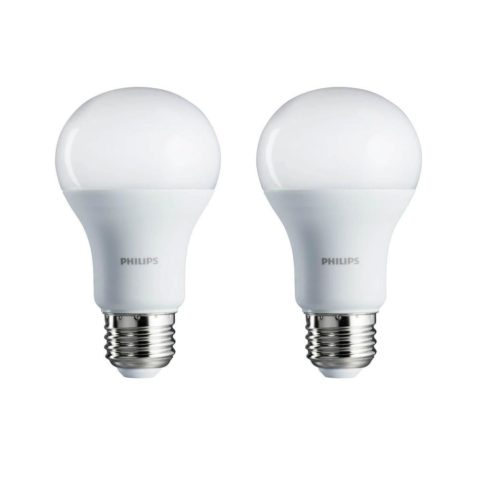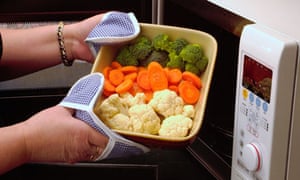
Regulating energy, or using energy
efficiently, does not mean that you have to go without the comforts that you
have become accustomed to. It means using less energy to do the same job. If
you are able to regulate energy use in your home, you not only reduce energy
waste, but you also save money.
In order to do this, you have to first understand how energy is being used in
your home or your office. Next, you need to learn ways that energy can be used
more efficiently in everyday life. Let’s take a look at five tips to help your
home or your business become more energy efficient.
1. Reduce Energy by Changing Traditional Light Bulbs to LEDs

Learn about High bay led lighting here.
LEDs, or light-emitting diode technology, offer a number of advantages. LEDs consume a low amount of power. When you compare the energy efficiency of different light sources, you do so by looking at one of two terms: useful lumens or luminous efficacy. Basically, what these two items describe is the amount of light a light source can produce compared to the watts consumed by the bulb.
In most cases, switching from traditional lighting to LED solutions results in a 60- 75 percent improvement in energy efficiency. The amount of energy efficiency varies depending on the lighting that’s being replaced by LEDs. In some instances, people have been able to save 90 percent on their energy use every year.
2. Use Your Microwave Instead of Your Stove When Cooking

There are a few variables to consider when determining whether using a microwave is more energy efficient than using a stove. These would include things like the price of gas at the time and the efficiency of the appliances being used. However, a microwave is typically more efficient at heating food or a liquid than heating a similar product using the flame on a gas stove. Microwaves use relatively little energy.
The reason for this is that microwave heat focuses on heating the food or the liquid inside the microwave. Energy is not wasted heating the container or the air around it. This means that the majority of the energy used is used to get your food ready.
The federal government’s Energy Star program, which is tasked with rating appliances for energy efficiency, has shown that reheating or cooking small amounts of food in the microwave can save as much as 80 percent of the energy used when cooking a similar portion in the oven. Part of the reason for this is that in order for the oven to cook the food, it has to heat up all of the air around the food.
When you look at Alberta’s historical rates for electricity, you can all but guarantee that a good portion of the electricity is being spent on cooking or heating food. Microwave technology could help save much of that energy.
3. Defrost Your Freezer or Refrigerator before the Ice Becomes a Quarter of an Inch Thick
At first, the idea of defrosting the refrigerator to reduce energy might seem counterproductive. Common wisdom would dictate that if there is ice buildup inside the freezer, then the freezer would stay cold. However, this goes against some of the basic principles of thermodynamics.
For example, igloos are made of ice. The inside of igloos is extremely warm, even when it is cold outside. Why is that? Because ice is an insulator.
Your refrigerator freezes by running a cold liquid through pipes. The flow of this liquid is turned off and on when the set temperature is reached. The faster the cold temperature is reached, the less energy your refrigerator needs to run the compressor and circulate the cooling fluid.
When the cooling pipes are clean, or not covered in ice, Newton’s cooling law teaches us that heat flux, also known as the amount of heat removed in a unit of time, is a lot higher than if the cooling pipe is covered with ice. And the thing to remember is that when your freezer frosts over, it’s not just solid ice. It’s a porous ice that has a lot of trapped air. All of this means that the more ice in your freezer, the warmer your freezer will be and the harder the compressor will need to work in order to bring the temperature down, which means more energy used.
Of course, these are just a few of the steps that you can take to reduce energy usage. Other simple steps include not leaving your mobile phone plugged in overnight. It only takes a few hours to charge. Replace single pane windows with more energy efficient windows. And, of course, turn off the lights and other appliances if you are not using them.
There are environmental reasons why it is good to minimize energy use. But there are also selfish reasons. The less energy you use, the more money you save on energy.

